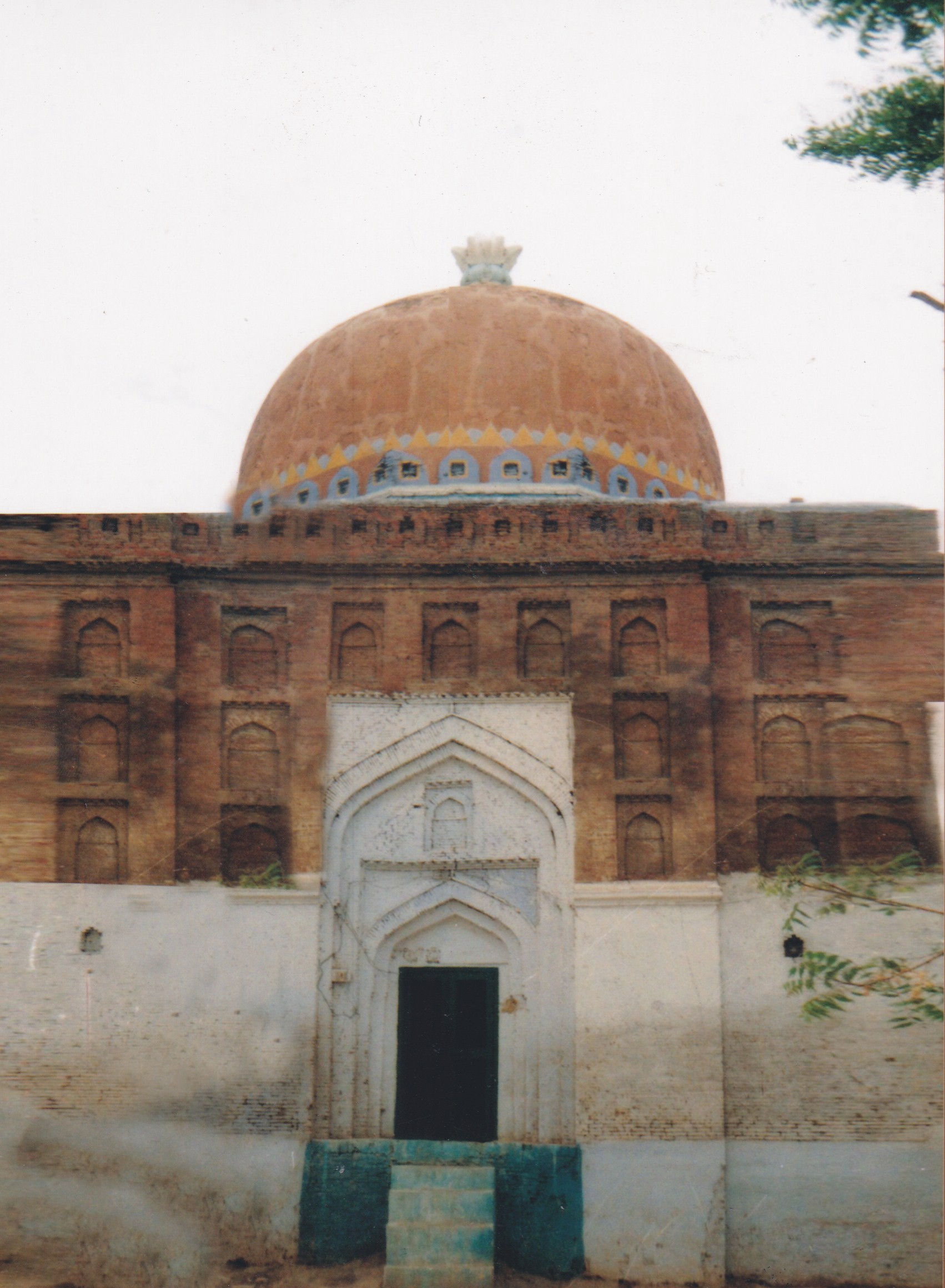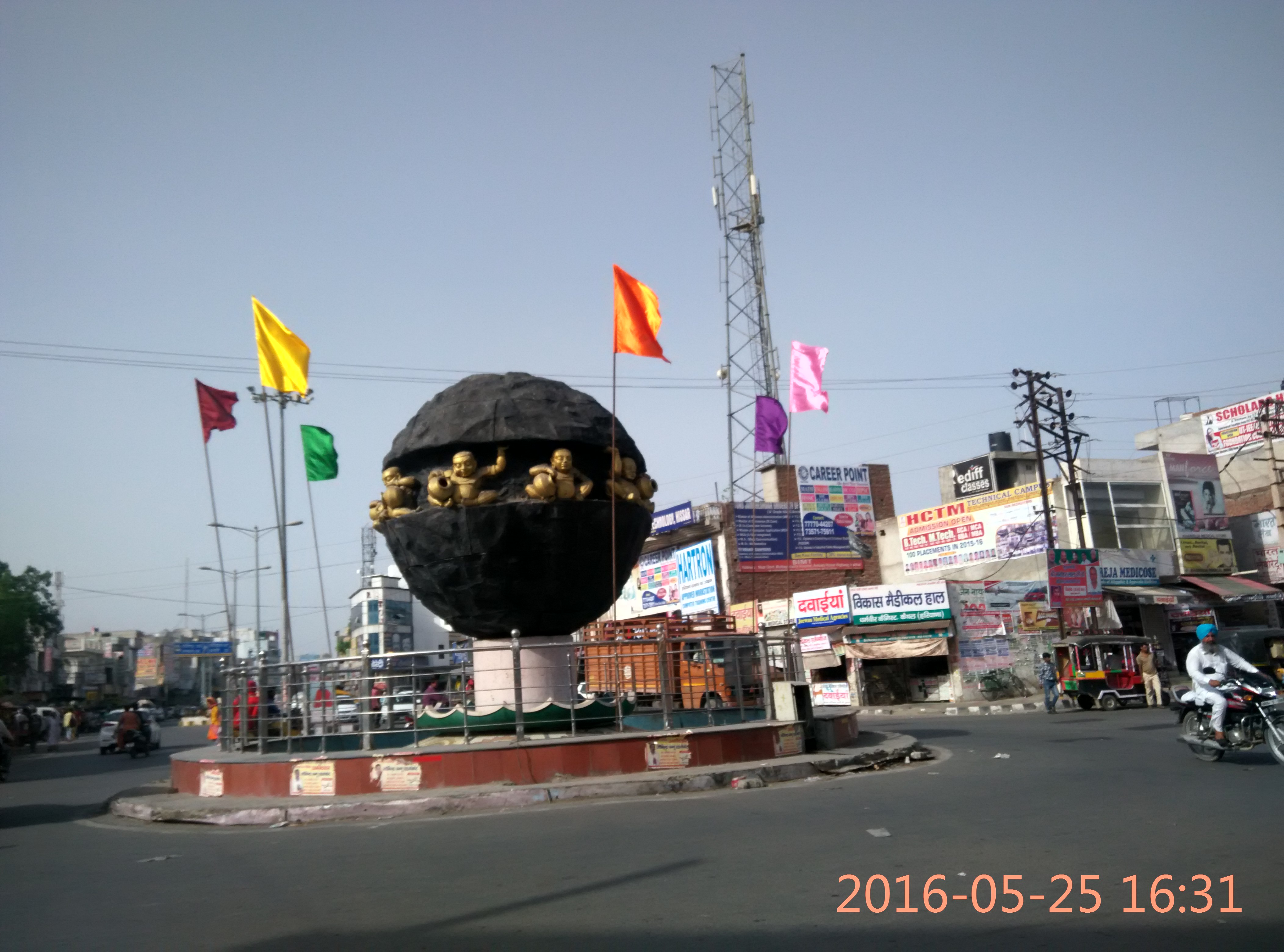The Durgah Char Qutub in Hansi, Haryana, represents a profound intersection of Islamic architectural heritage and cultural complexity within the Indian subcontinent. Situated in a region rich with historical narratives, this monument embodies the intricate layers of cultural transformation that have shaped the landscape of medieval India.
Islamic architectural traditions brought remarkable innovations to the Indian architectural canvas, introducing elements like pointed arches, intricate geometric patterns, and sophisticated structural techniques that differed significantly from existing Indian architectural styles. These innovations were not merely aesthetic choices but profound statements of cultural exchange and architectural dialogue.
The broader context of Islamic monuments in India reveals a nuanced story of cultural synthesis. Buildings like the Durgah Char Qutub were not simply religious structures but complex social spaces that reflected the dynamic interactions between different cultural and religious communities. The architectural elements often incorporated materials and design influences from pre-existing Hindu and Jain structures, creating a unique Indo-Islamic architectural language.
Haryana's historical landscape is marked by successive waves of political and cultural influences, from the Delhi Sultanate to the Mughal Empire and subsequent Rajput kingdoms. Each of these periods contributed to the region's architectural and cultural complexity, with religious monuments serving as critical markers of socio-political transitions and cultural negotiations.
The architectural significance of such monuments extends beyond their physical structure. They represent living historical documents that narrate stories of cultural adaptation, religious plurality, and architectural innovation. The intricate carvings, spatial configurations, and decorative elements often encode complex historical and cultural narratives that invite deeper scholarly investigation.
Religious sites like the Durgah Char Qutub are not merely static historical artifacts but dynamic cultural spaces that continue to hold spiritual and communal significance. They represent continuity of tradition, serving as important nodes of collective memory and cultural identity for local communities. The spiritual resonance of such spaces transcends their physical architectural characteristics.
Understanding these monuments requires a holistic approach that considers architectural design, historical context, cultural practices, and ongoing social significance. They are not simply relics of the past but active participants in contemporary cultural landscapes, continuously reinterpreted and reimagined by successive generations.
The Durgah Char Qutub stands as a testament to the rich, complex cultural heritage of Haryana, embodying the region's long history of cultural interactions, architectural innovations, and spiritual traditions. It invites visitors and scholars alike to engage with a nuanced understanding of India's multifaceted cultural history.



